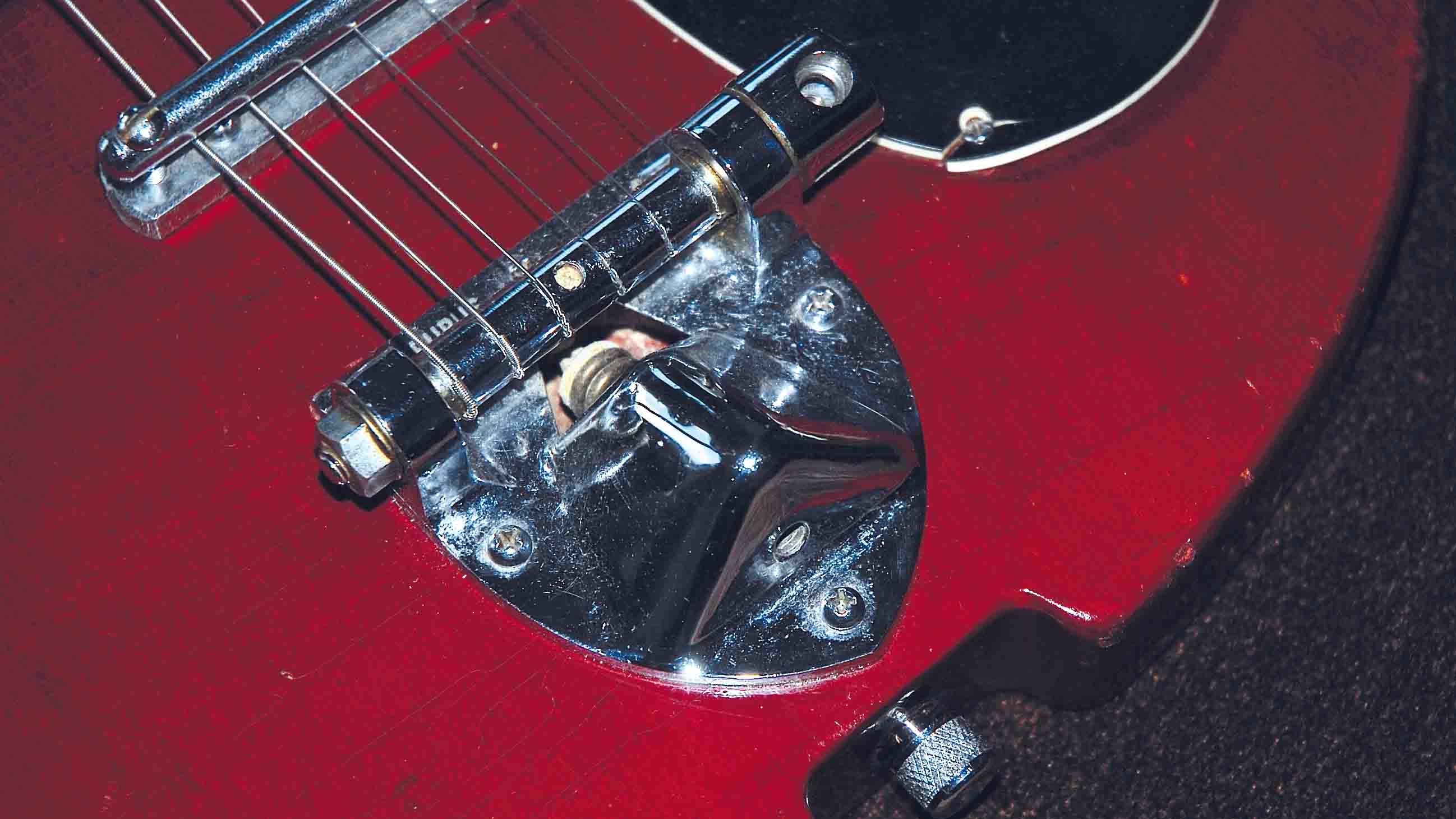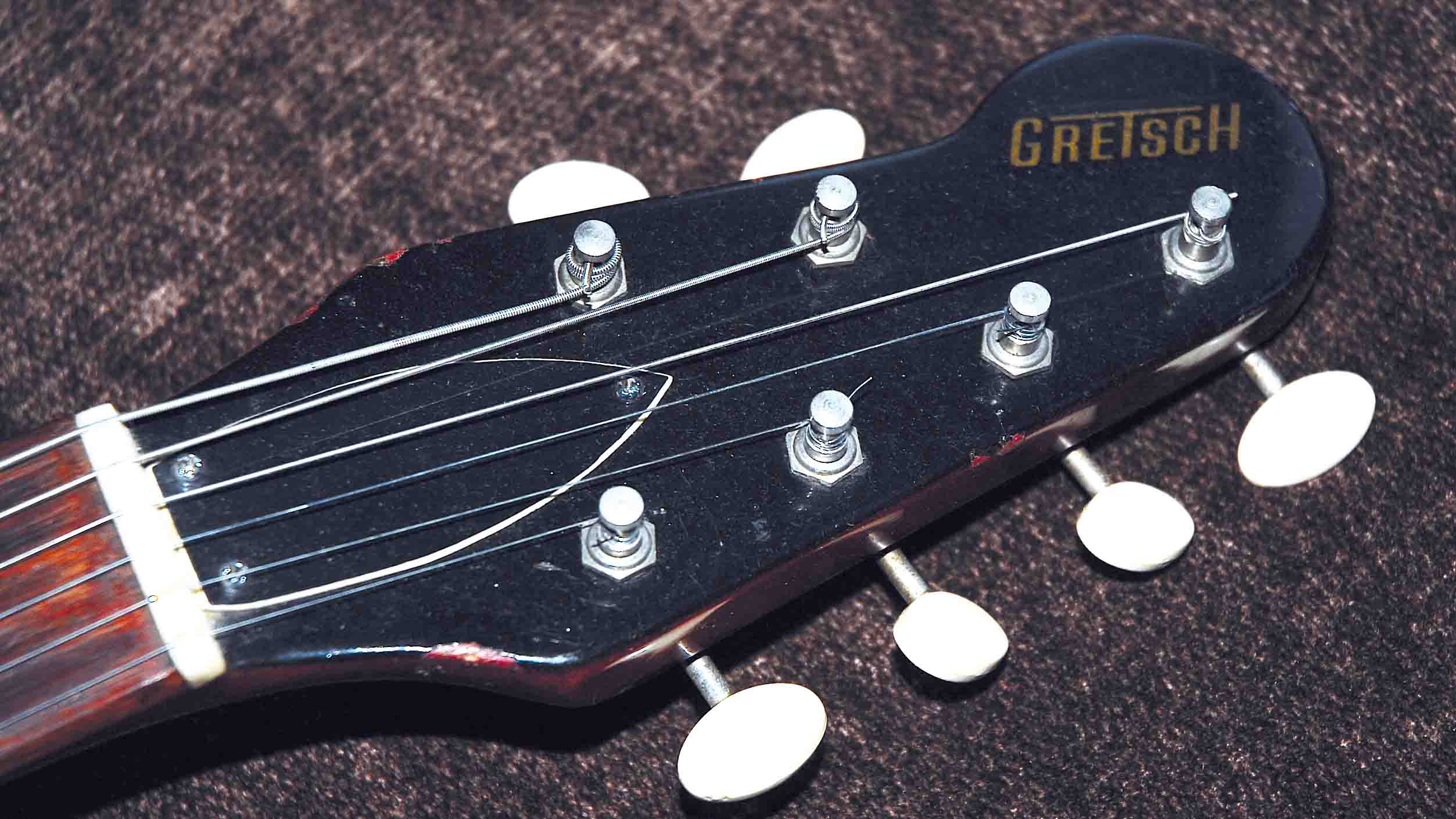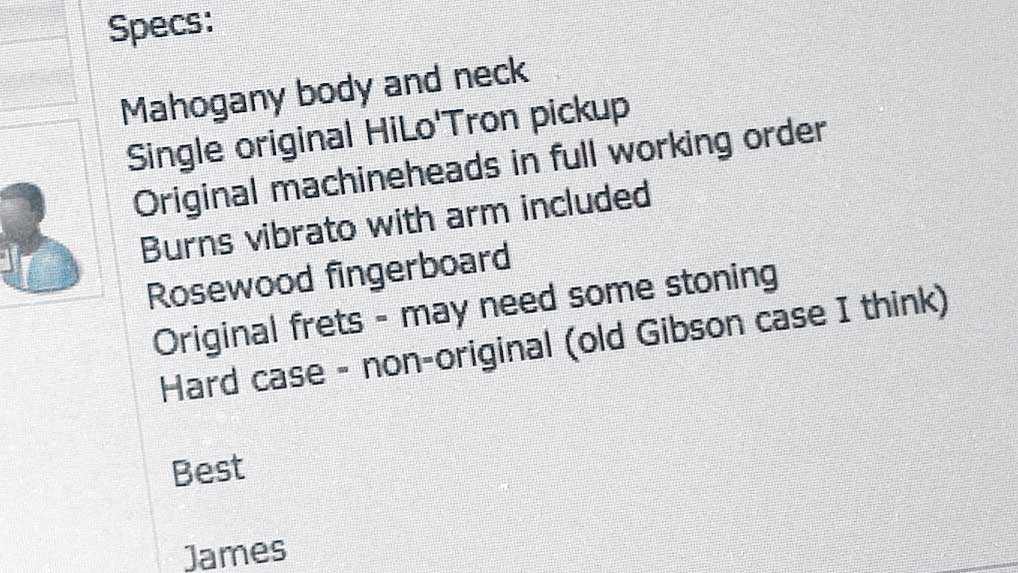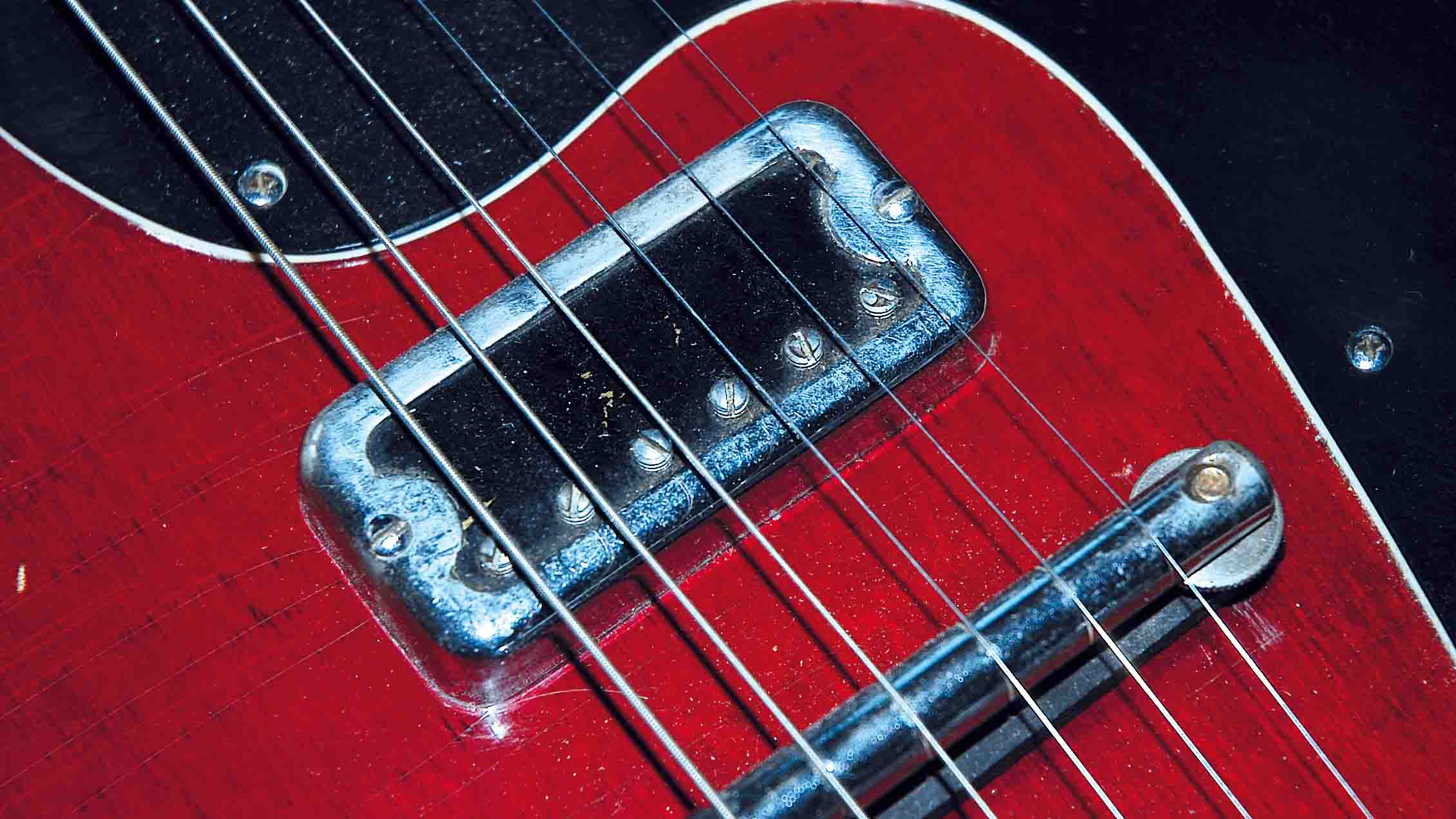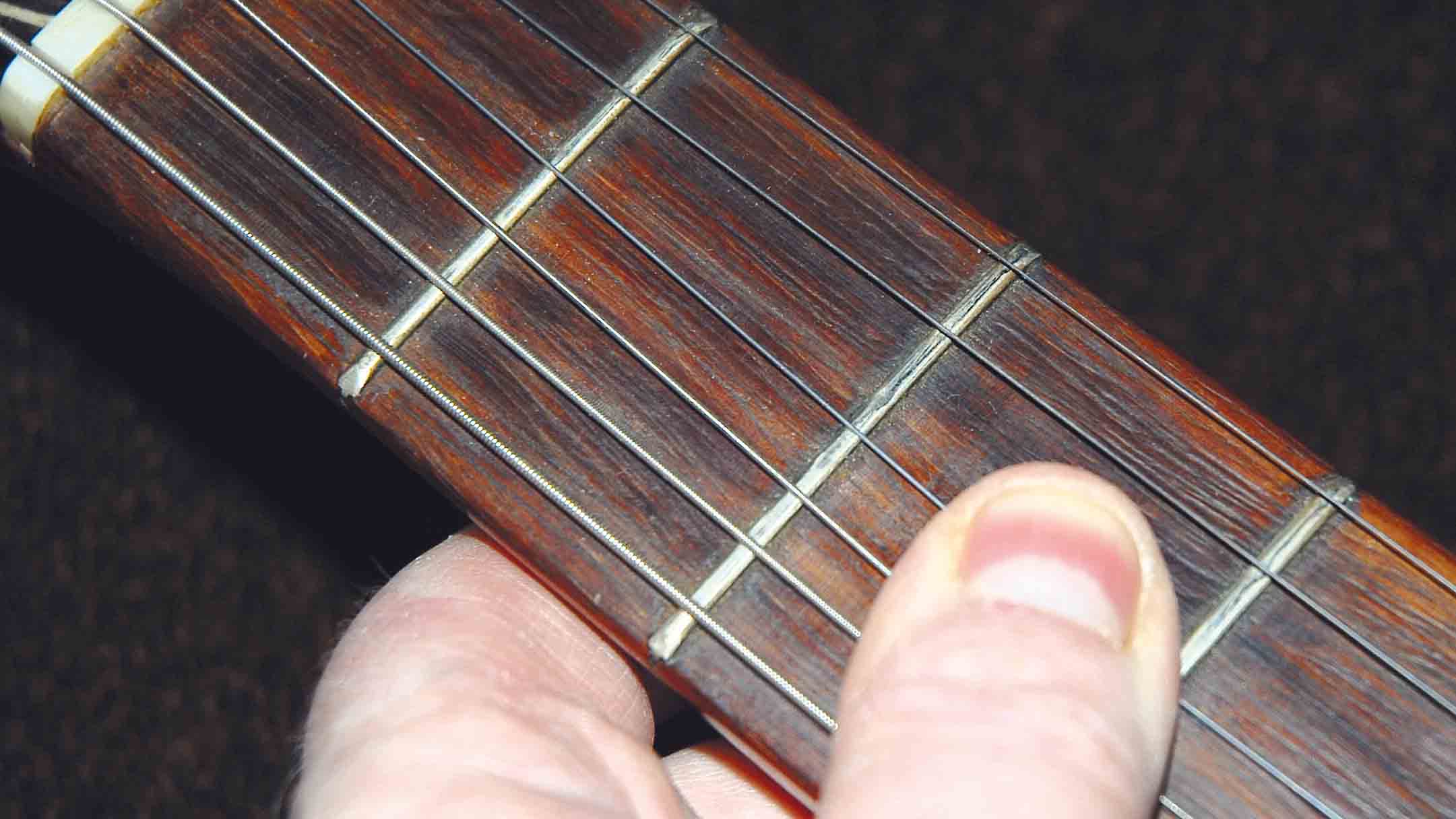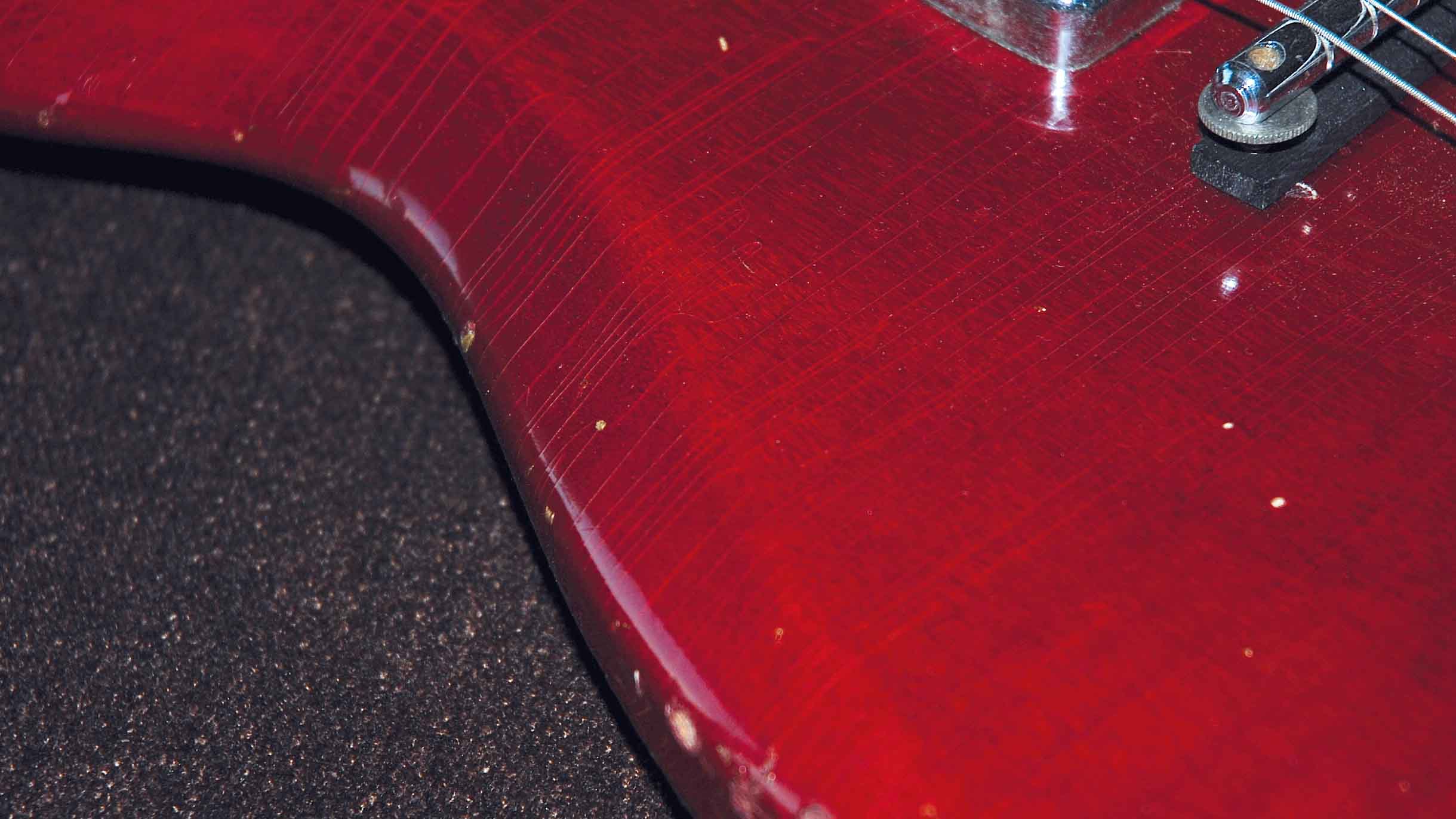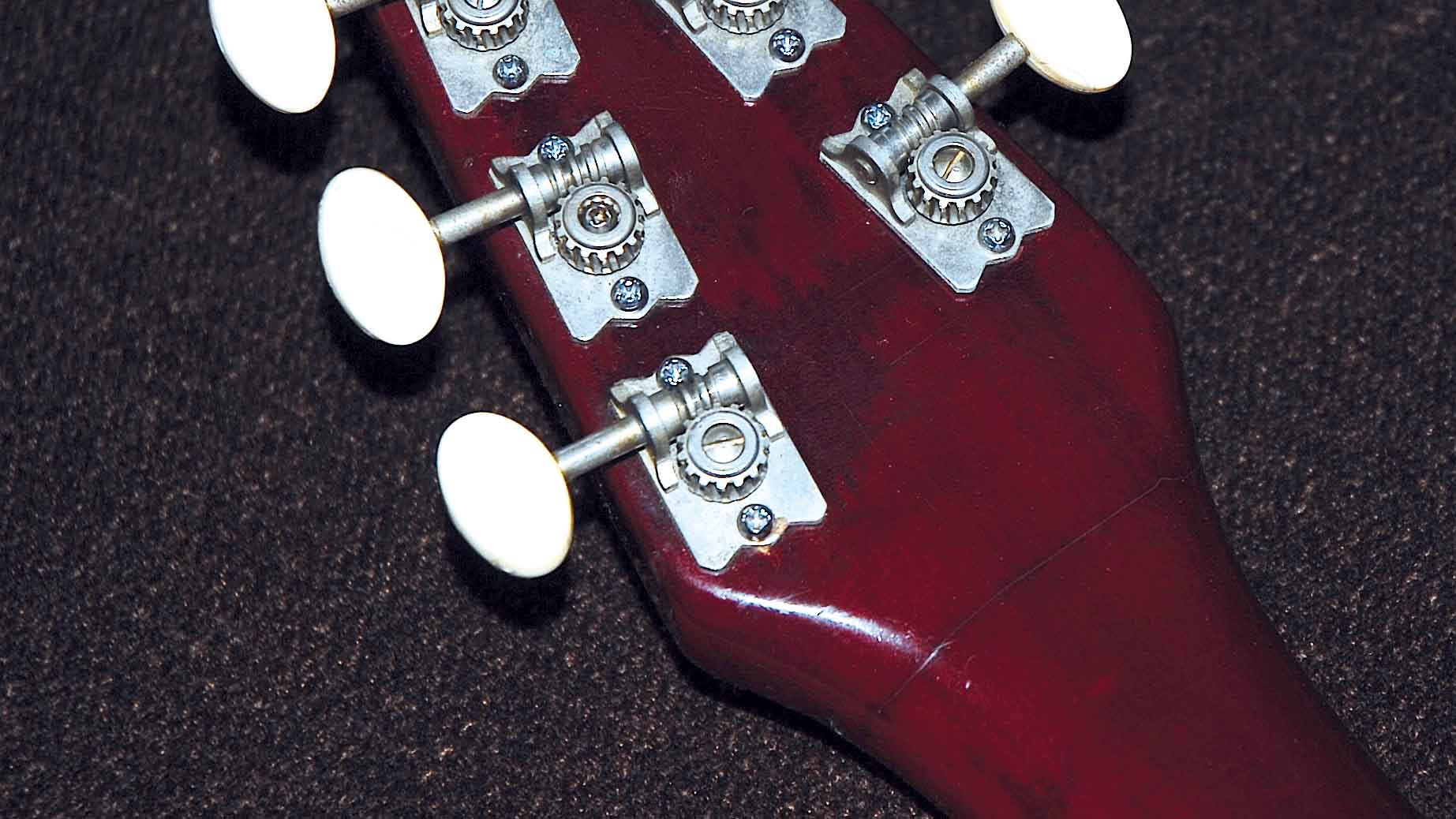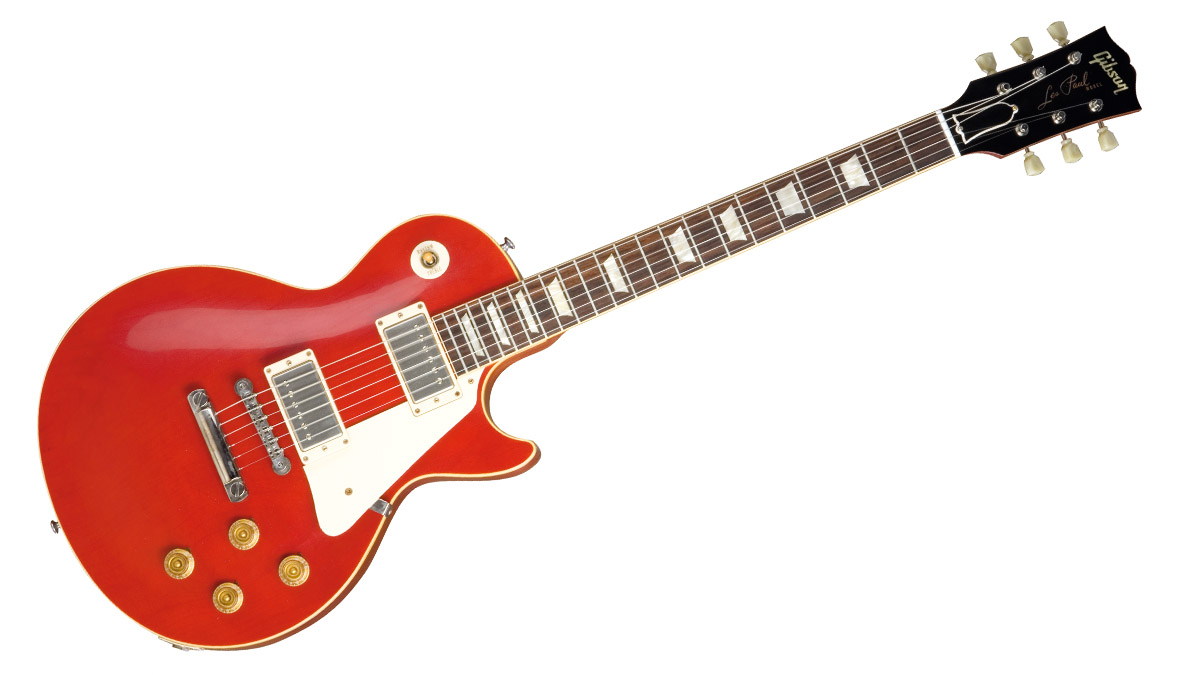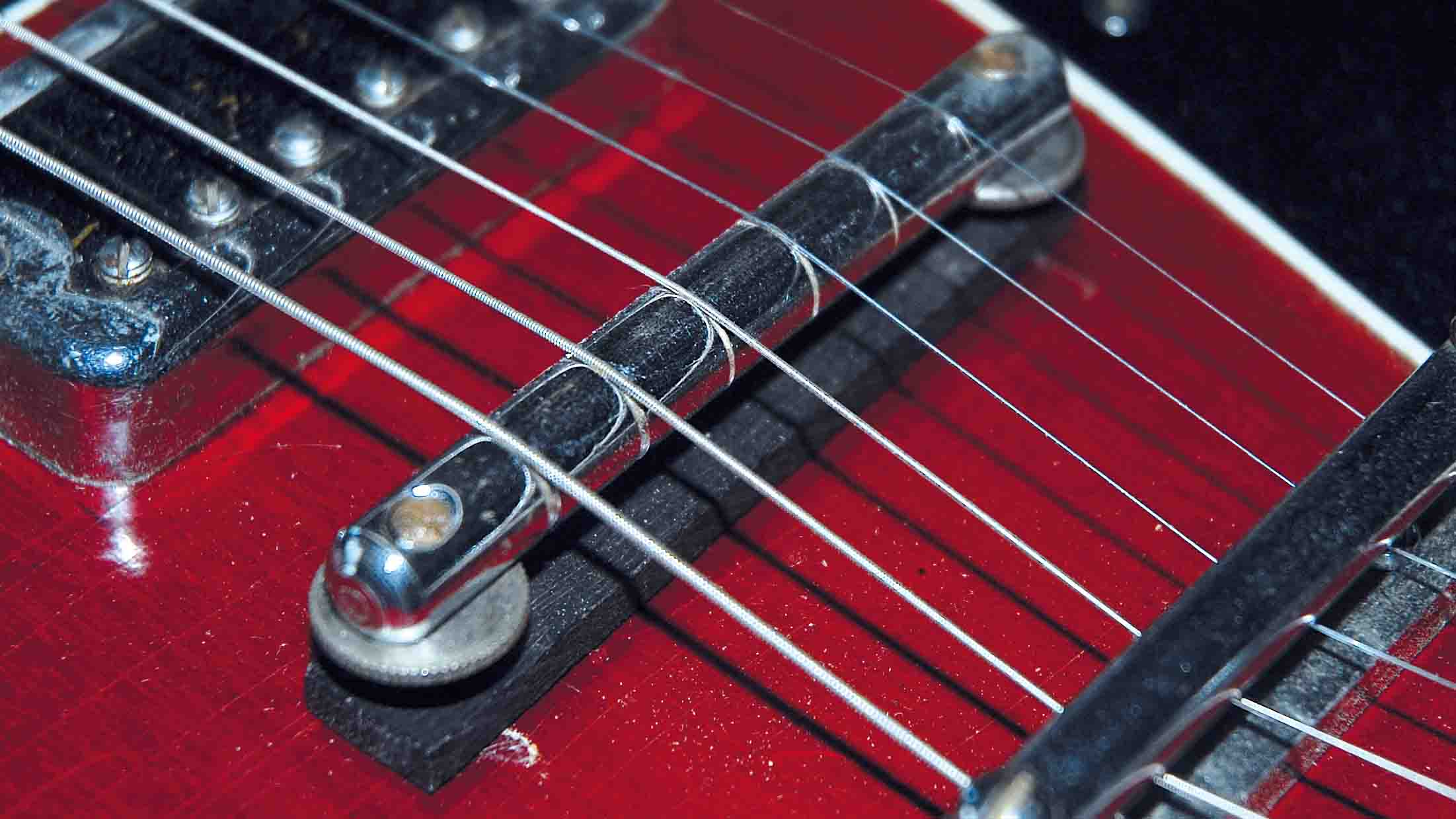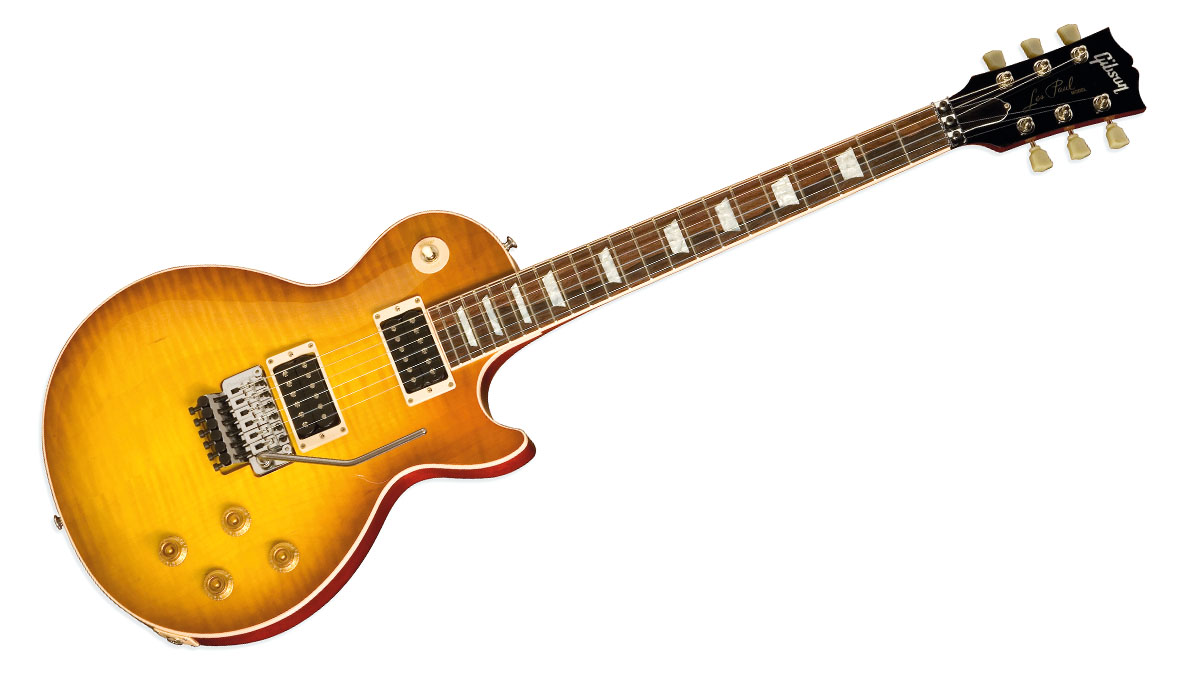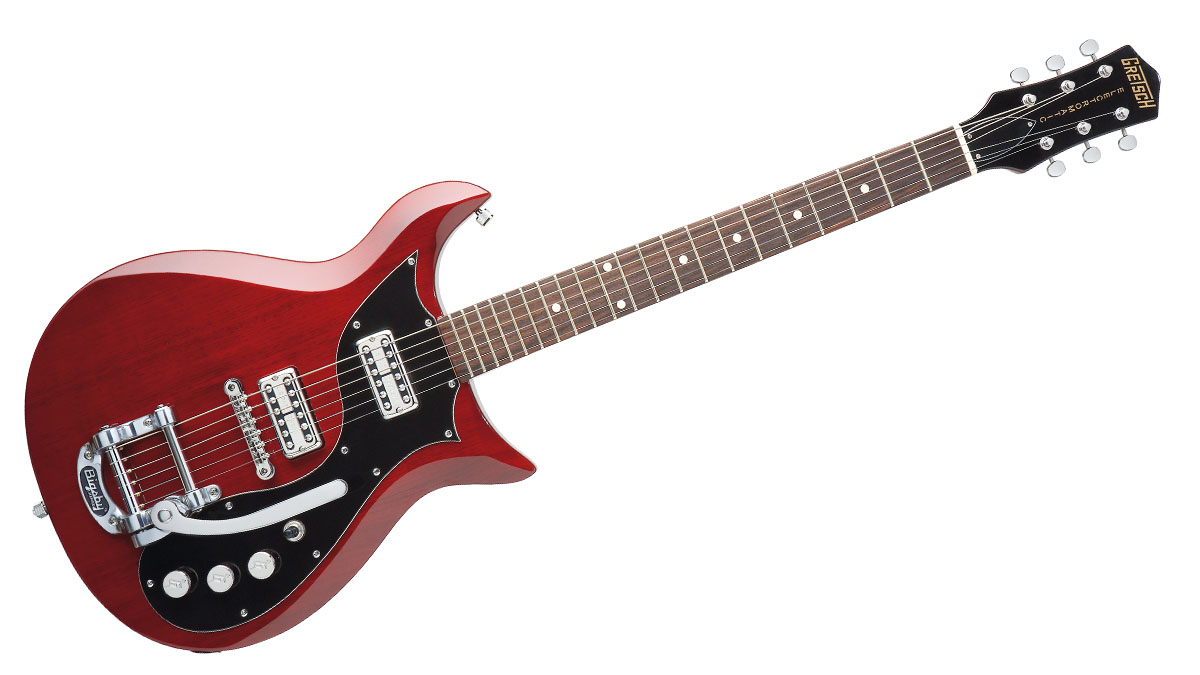How to buy a vintage guitar
Grab a bargain with our guide
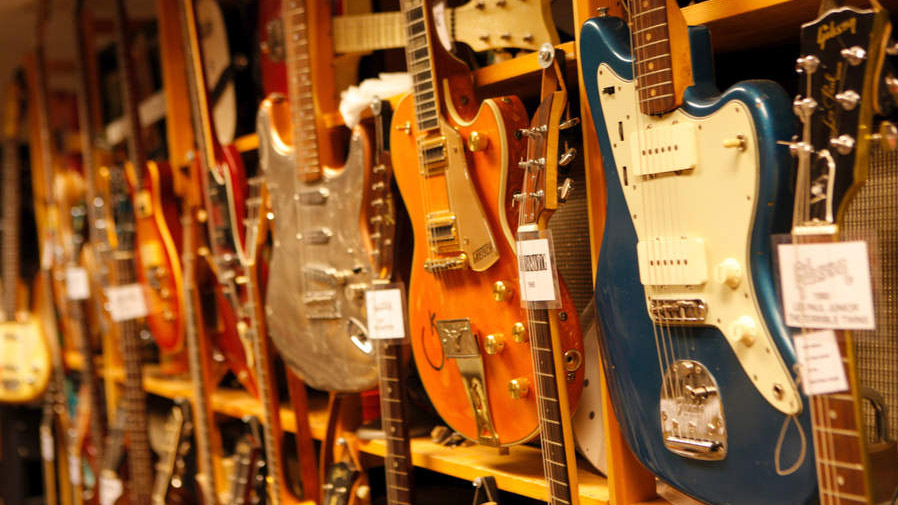
Introduction
Buying a vintage guitar can be a minefield of dodgy playability and overpriced mint-conditions, but there are still some bargains to be had out there – you just need to know what you’re doing.
Follow our 12-step guide on how not to be taken for a mug and you should get yourself a killer vintage guitar.

